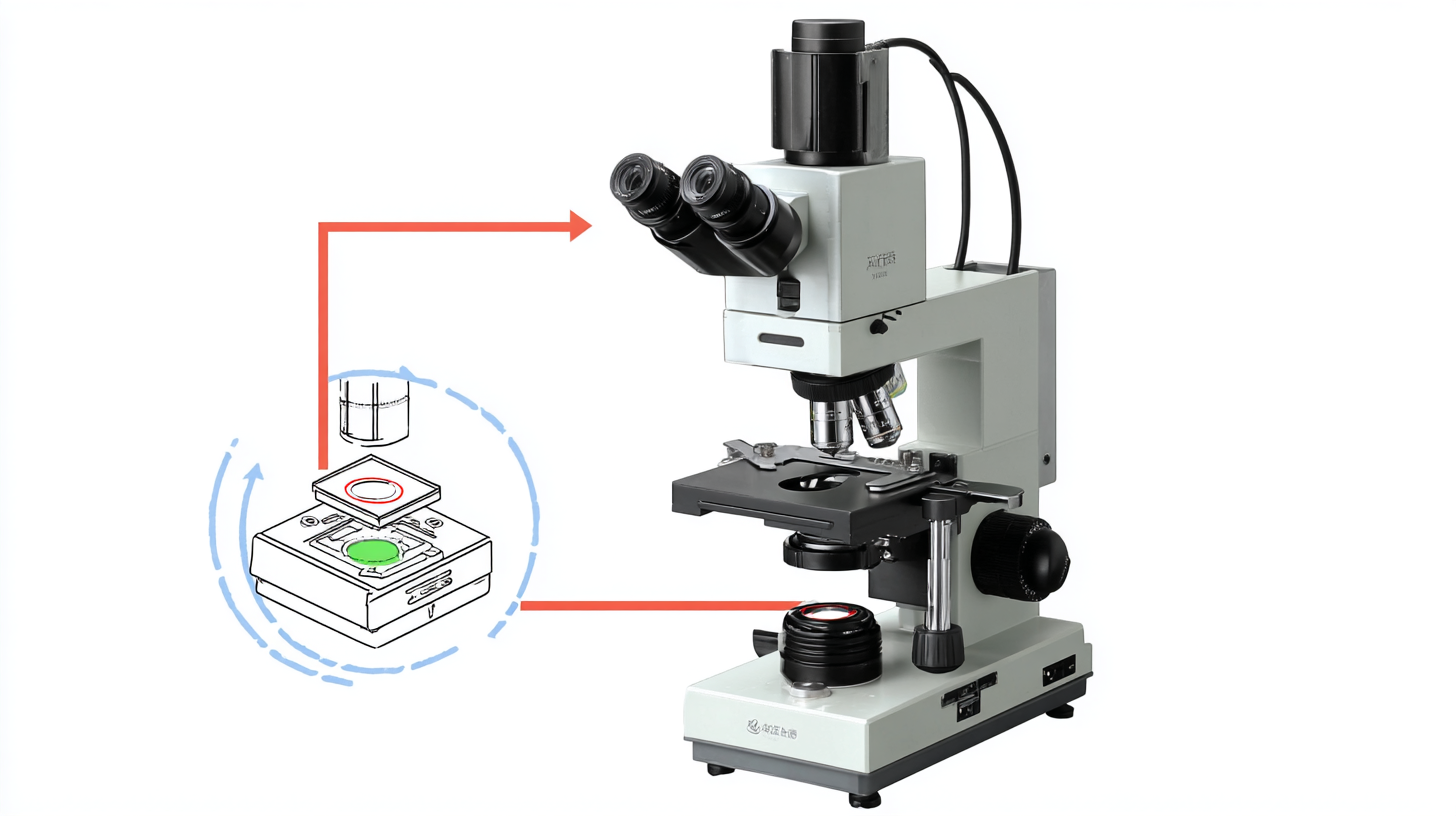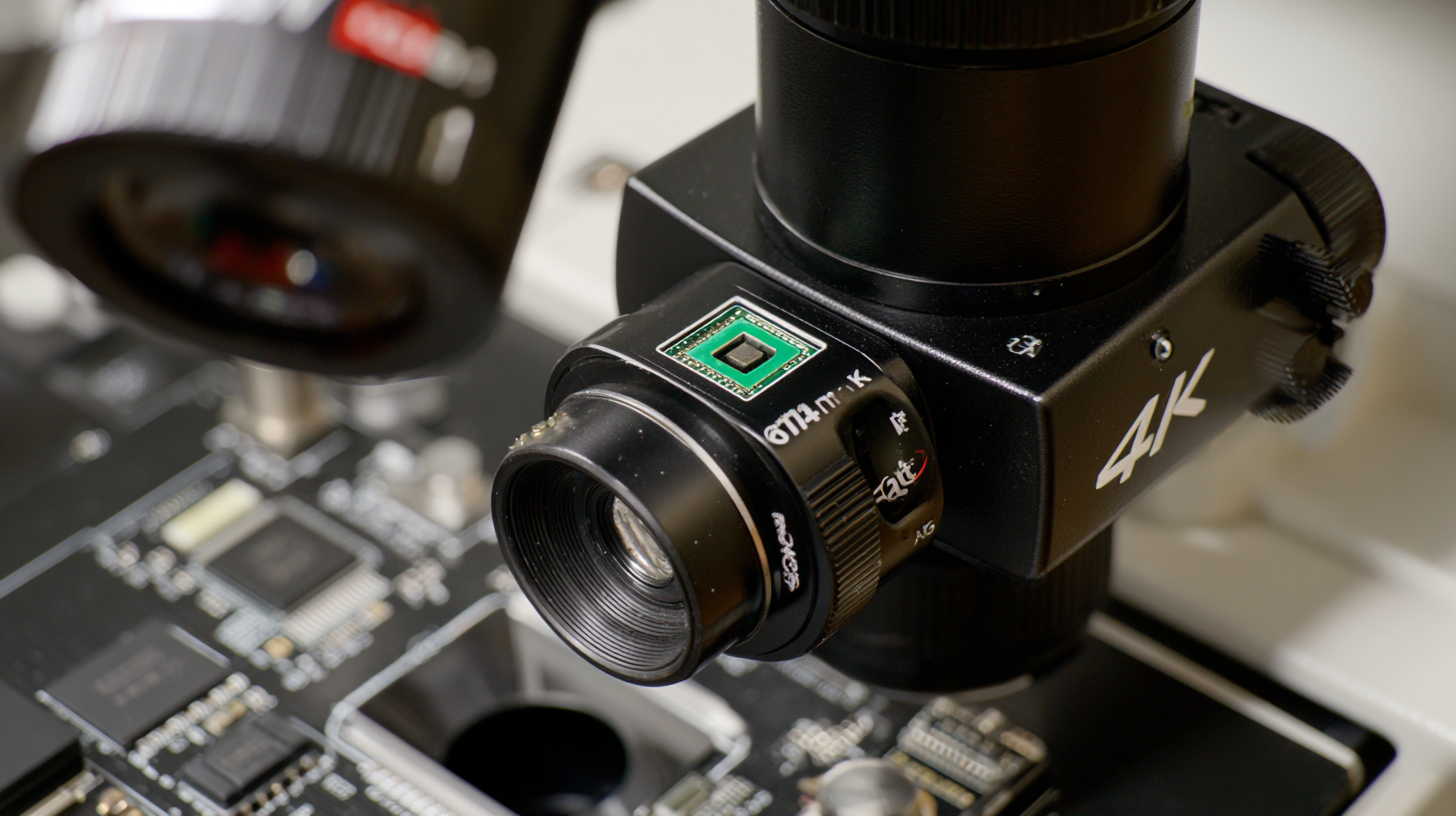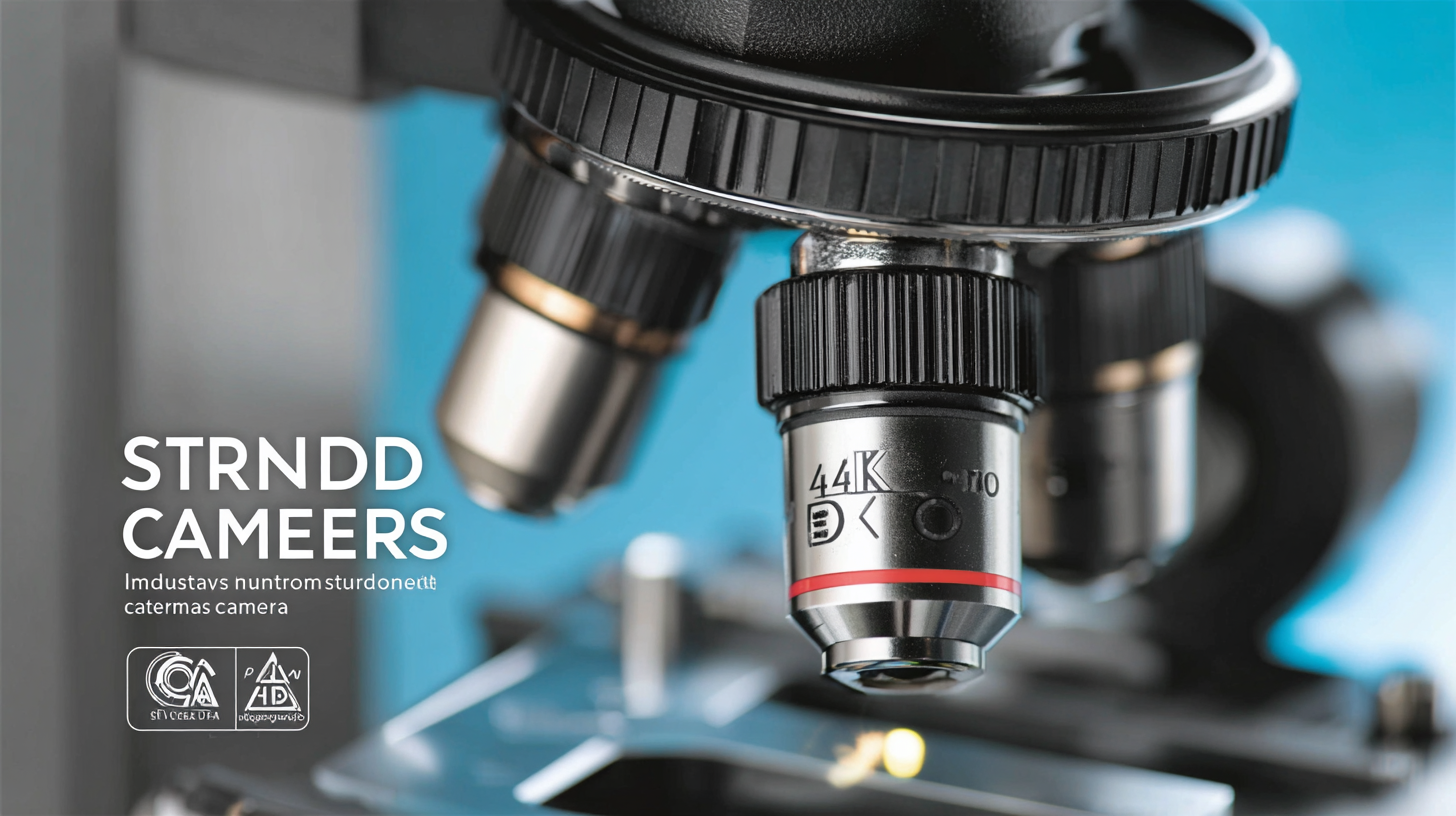- Home Page
- Company Profile
-
Our Products
- Microscope
- CONFOCAL MICROSCOPES
- Trinocular Upright Metallurgical Microscope
- Portable Grooved Metallurgical Microscope
- Cell Culture Imaging System
- Metallurgical Microscope
- Projection Microscope
- Student Stereo Microscope
- BINOCULAR STEREO ZOOM MICROSCOPE
- PCB Inspection Video Stereoscope Microscope
- SPINNERET MICROSCOPE
- Penta Head Microscope/ Multi view Head Microscope
- Research Polarising Microscope
- Senior Dissecting Microscope
- Dissecting Microscope
- Motorized Comparision Microscope
- Sieves Digital Microscopes
- Advance Inverted Tissue Culture Microscope
- Advance Stereo Zoom Microscope
- Student Projection Microscope
- Inverted Metallurgical Microscope
- Measuring Microscope
- Digital Spinneret Inspection Microscope
- Portable Inverted Tissue Culture Microscope
- Binocular Inverted Tissue Culture Microscope
- Student Compound Microscope
- Trinocular Stereozoom Microscope
- Advanced Research Microscope
- Gemological Microscope
- Polarizing Projection Microscope
- Senior Inspection Spinneretscope
- Confocal Microscope
- Senior Projection Microscope
- Toolmaker's Microscope
- Research Microscope
- Stereo Inspection Microscope
- Student Medical Microscope
- Digital Biological Microscope RXLr-4D
- Toolmaker Microscope Large
- Stereo Inspection Scope
- Trinocular Research Microscope
- Portable Metallurgical Microscope
- Binocular Research Microscope
- Student School Microscope
- Inverted Tissue Culture Microscope
- Projection Microscope
- Laboratory Microscope
- Decca Head Microscope
- Advanced Research Material Microscope
- Microtomes
- Semi Automatic Rotary Microtome
- Senior Precision Rotary Microtome
- Rocking Microtome
- Rotary Microtome Erma Type
- Freezing Microtome
- Fully Automatic Rotary Microtome
- Manual Rotary Microtome RMT-25
- Advance Rotary Microtome
- Hand Table Microtome
- Knife Sharpener Microtome
- Sliding Miocrotome
- Slide Staining Machine
- Rotary Microtome
- CRYOSTAT MICROTOME
- Optical Instruments
- Tissue Processor Machine
- Microscope Accessories
- Histopathological Equipment
- Lab Instrument
- Radical Digital Turbidity Meter
- Radical Microprocessor Dissolved Oxygen Meter
- Digital Photo Colorimeter
- Tap Density Tester
- Serological Water Bath
- Magnetic Stirrer
- Dual Channel Flame Photometer
- pH or mv or Conductivity
- Round Centrifuge
- Radical Disintegration Test Apparatus
- Digital Slide Scanner
- Precision Water Bath
- Incubator Shaker Water Bath
- Hemoglobin meter
- Microprocessor Colony Counter
- PASS BOX DYNAMIC
- Radical Microprocessor Colony Counter
- Bulk Density Apparatus
- Laboratory Rectangular Hot Plates
- Tablet Dissolution Test Apparatus
- Hemoglobin Meter (Sahli's)
- Micro Centrifuge 16000 R.P.M.
- Revolutionary General Purpose Digital Centrifuge
- Vortex Shaker
- Rectangular Water Bath
- Heating Mantel
- Digital Spectrophotometer
- Haematocrit Centrifuge
- Water Distillation with Metal Heater
- Hand Specimen Leveler Press
- GROSSING TABLE
- COOLING PLATE
- MICROPROCESSOR PH METER
- DIGITAL FLAME PHOTOMETER
- pH/mV/TEMPERATURE TESTER
- DIGITAL PH, CONDUCTIVITY & TEMPERATURE METER
- Radical Auto Karl Fischer Titrimeter
- Stereo Zoom Microscope
- Jewellery Making Microscope
- Binocular Stereo Microscope
- Advanced Stereo Zoom Microscope
- Articulated Trinocular Stereo Zoom Microscope
- Digital 3D Inspection Microscope
- Binocular Stereo Microscopes
- Motorized Stereo Microscopes
- Trinocular Microscope
- Stereo Inspection Microscope
- Stereo Microscope
- Digital 3D Inspection Microscope RSZ-3D
- Stereo Zoom Microscope RSM-8
- Polarising Microscopes
- Lab Consumables
- Profile Projector
- Optical Profile Projector
- Vertical Profile Projector
- Profile Projector RPP-500
- Profile Projector
- PROFILE PROJECTOR
- Universal Profile Projector
- Bench Type Profile Projector
- Charpy Profile Projector
- High Sharpness Profile Projector
- Profile Projector
- Horizontal Profile Projector
- Digital Profile Projector
- Radical Profile Projector
- Coaxial Profile Projector
- Anotomy Model
- Metallurgical Microscope
- Microscope
- Contact Us

Understanding Industry Standards for Best Stereo Microscope Camera Selection Process
In the rapidly evolving field of microscopy, selecting the right Stereo Microscope Camera is crucial for achieving optimal results in both research and industrial applications. Recent industry reports indicate that the global market for stereo microscopy is anticipated to grow at a CAGR of approximately 6.6% from 2021 to 2026, highlighting the increasing reliance on advanced imaging technologies in various sectors, including life sciences, materials science, and manufacturing. To navigate this growing landscape, it's essential to understand the industry standards that guide the selection process of stereo microscope cameras, which can significantly impact image quality, data analysis, and research outcomes. By implementing top strategies tailored to the specific needs of your applications, researchers and professionals can ensure that they invest in a stereo microscope camera that meets their demands for precision, versatility, and performance.

Table of Contents
[Hide]
Key Factors to Consider When Choosing a Stereo Microscope Camera
When selecting a stereo microscope camera, understanding the key factors can significantly impact the quality of your imaging results. First and foremost, resolution plays a critical role. Higher resolution cameras allow for greater detail capture, which is essential for applications requiring precision, such as biological research or electronic inspection. Look for cameras that offer at least 5 megapixels for optimal clarity, ensuring your images can be enlarged without losing sharpness.
Another important consideration is compatibility with your existing microscope. Ensure that the camera model can easily interface with your stereo microscope, whether it requires an adapter or specific software for integration. Additionally, assess the camera's frame rate and the ability to handle various lighting conditions. A camera with a higher frame rate is beneficial for capturing fast-moving subjects, while features like adjustable exposure settings can help in managing diverse lighting challenges.
By evaluating these factors, you can make a more informed decision that meets both your technical needs and budget constraints.
Types of Stereo Microscope Cameras and Their Applications
When selecting a stereo microscope camera, understanding the types available and their specific applications is essential for optimal performance. Stereo microscope cameras typically fall into three categories: digital microscopy cameras, high-speed cameras, and USB cameras. Digital microscopy cameras are known for their high-resolution imaging capabilities, which are crucial in fields like biology and materials science, where minute details must be captured and analyzed.
High-speed cameras, on the other hand, are designed for observing dynamic processes, making them ideal for industries like manufacturing and engineering. Their ability to capture rapid movements in real-time provides invaluable insights during quality control and research. USB cameras offer convenience and ease of use, connecting directly to computers for immediate data processing. They are popular in educational settings and for hobbyists who desire straightforward imaging without advanced technical setups. Each type of camera serves a unique purpose, ensuring that users can select the appropriate tool based on their specific needs and applications.

Evaluating Image Quality: Resolution and Sensor Types in Stereo Cameras
In the landscape of stereo microscope cameras, evaluating image quality is pivotal, with resolution and sensor types being key factors in the selection process. The global optical sensors market is experiencing significant growth, projected to expand from over $5 billion in 2017 to an estimated compound annual growth rate (CAGR) exceeding 12% through 2024. This surge is primarily driven by the increasing demand for advanced applications, such as automated optical inspection (AOI) systems and high-resolution imaging in industries like electronics and healthcare.
Within these optical sensors, understanding the differences between extrinsic and intrinsic sensors is crucial. Extrinsic sensors, often used in environmental monitoring, focus on the detection of changes in external conditions, while intrinsic sensors are tailored for precise measurement within controlled environments. The market for these technologies is not only expanding in traditional sectors but is also diversifying into emerging fields, such as autonomous driving and virtual reality, which collectively rely on superior imaging capabilities for effective perception. As innovations continue to unfold, the interplay between sensor technology and imaging quality will shape the future standards for stereo microscope camera applications.
Comparison of Sensor Resolution and Types in Stereo Microscope Cameras
Compatibility and Integration with Existing Microscope Systems
Selecting the right stereo microscope camera involves understanding the compatibility and integration with existing microscope systems, a crucial factor that can significantly impact workflow and imaging quality. According to a report by the Microscopy Society of America, nearly 40% of researchers encounter compatibility issues when integrating new camera systems with their existing setups. Ensuring that the camera can be seamlessly integrated not only improves usability but also minimizes downtime and additional costs associated with equipment adaptation.

When considering compatibility, it is essential to look at the camera's mounting system and resolution capabilities. A study published in the Journal of Microscopy highlighted that cameras supporting standard C-mounts and are capable of providing a resolution of at least 5 megapixels are preferred by 75% of users for maintaining high image fidelity. Furthermore, integration with software used for image capture and analysis is crucial. The same study noted that systems compatible with popular imaging software platforms enhance productivity, with laboratories reporting increases in efficiency by up to 30%. Therefore, selecting a microscope camera that aligns with both the hardware and software of your existing system is vital for optimizing research outcomes.
Industry Standards and Certifications for Stereo Microscope Cameras
When selecting a stereo microscope camera, understanding industry standards and certifications can greatly impact the quality of your imaging solutions. The advanced imaging demands of various industries necessitate a thorough evaluation of the camera's resolution, sensitivity, and compatibility with different microscopes. According to a report by the Optical Society of America, cameras that meet specific standards, such as ISO 9001 certification, ensure reliability and performance in critical applications, making them preferable choices in professional settings.
Tip: Always check for compliance with relevant certifications when choosing a microscope camera. This ensures that the equipment meets rigorous quality standards and can deliver the best results.
Additionally, the recent celebration of the 30th anniversary of a popular stereo microscope highlights the importance of ongoing innovation in the field. As technology evolves, industry standards also adapt, reflecting new capabilities such as digital integration and enhanced imaging techniques. Staying informed about these developments can help users select cameras that not only meet current requirements but also provide future-proof solutions.
Tip: Consider future advancements in camera technology during your selection process. Opt for systems that support software updates or enhancements to ensure longevity and adaptability in your imaging practices.
Understanding Industry Standards for Best Stereo Microscope Camera Selection Process
| Feature | Standard/Certification | Description | Importance |
|---|---|---|---|
| Image Resolution | ISO 9001 | Reflects the quality of image capture in megapixels. | High importance for detailed inspections. |
| Sensitivity | CE Marking | Indicates performance under low light conditions. | Essential for brightness in imaging. |
| Color Accuracy | ISO 12646 | Standards for accurate color reproduction. | Crucial for scientific analysis and documentation. |
| Sensor Type | RoHS Compliance | Indicates the absence of hazardous materials in sensors. | Important for safety and environmental standards. |
| Connectivity Options | USB-IF Certification | Ensures compatibility with USB devices. | Significant for ease of integration into existing systems. |
Contact Us
- 9th Milestome, Ambala-Jagadhri Road, P.O.- Khudda Kalan, NH-444A,Ambala Cantt - 133104, Haryana, India
- Phone : 08045479132
- Mrs POONAM BHANDARI (Incharge - Mktg & Sales )
- Mobile : 08045479132
- Send Inquiry
GST : 06AACCR8985N1ZI
Our Products
RADICAL SCIENTIFIC EQUIPMENTS PVT. LTD.
All Rights Reserved.(Terms of Use)
Developed and Managed by Infocom Network Private Limited.
Developed and Managed by Infocom Network Private Limited.



